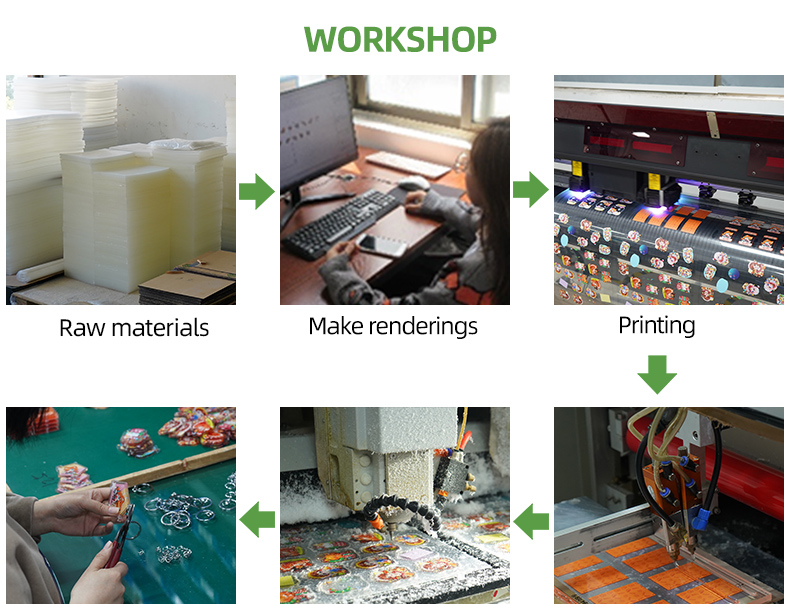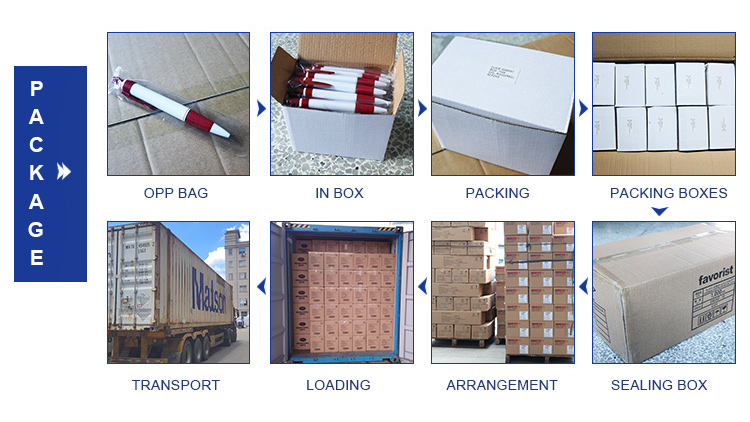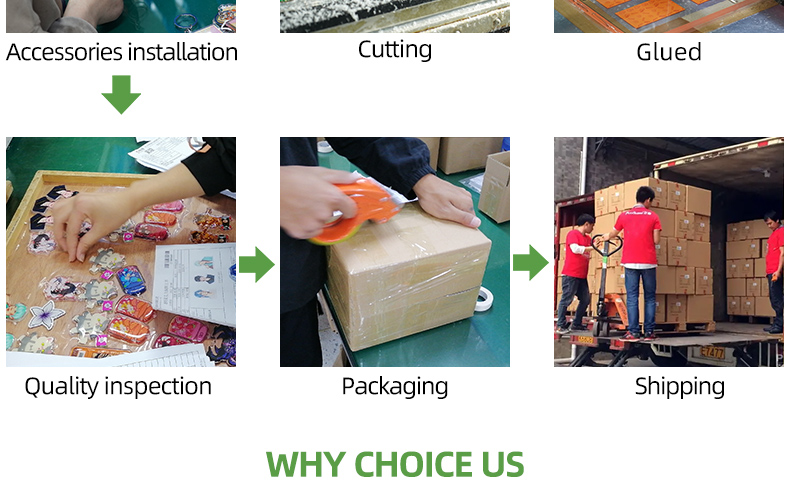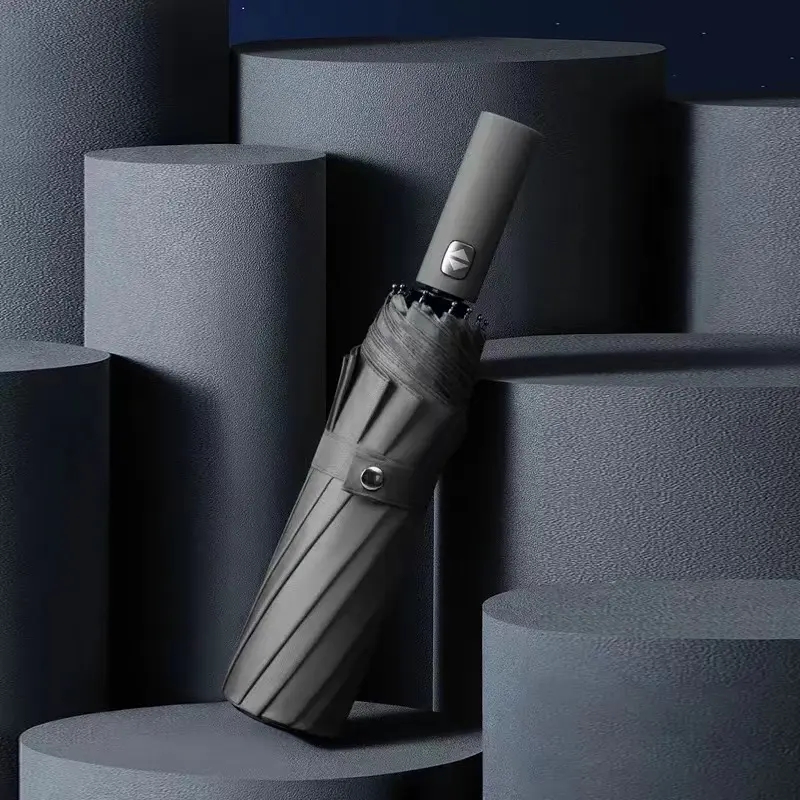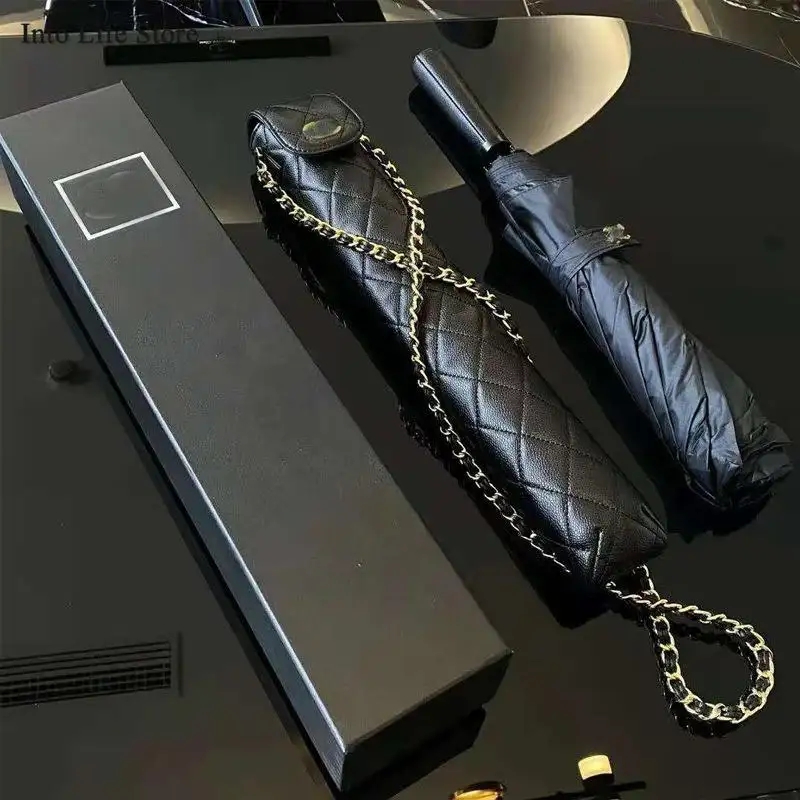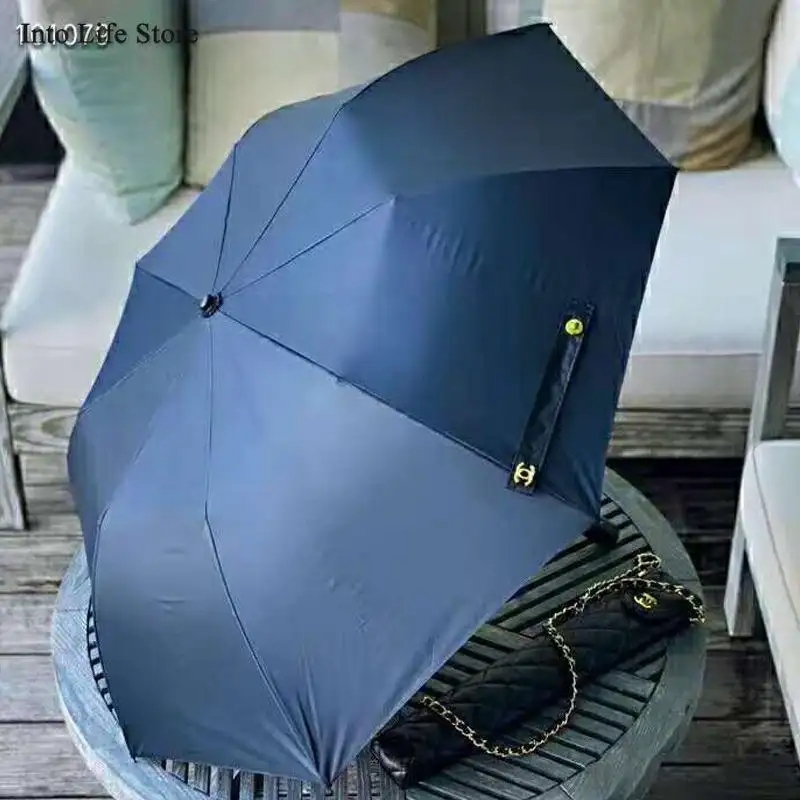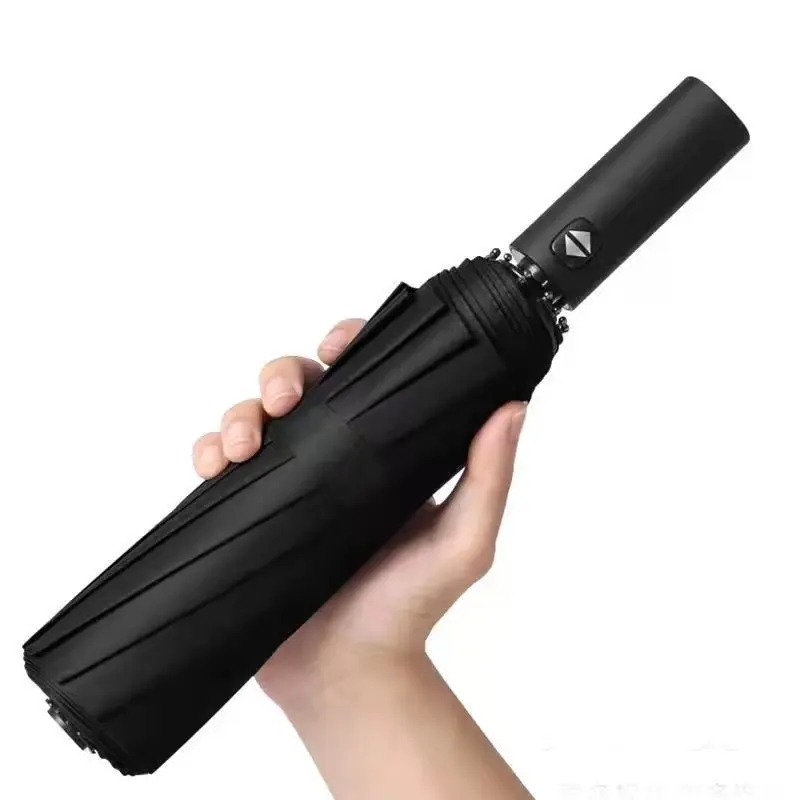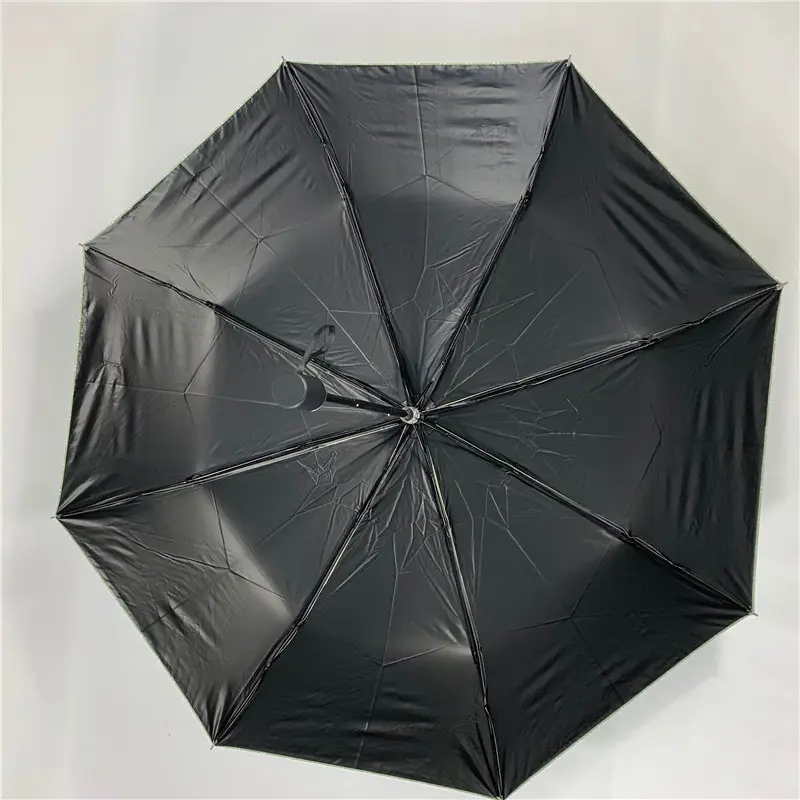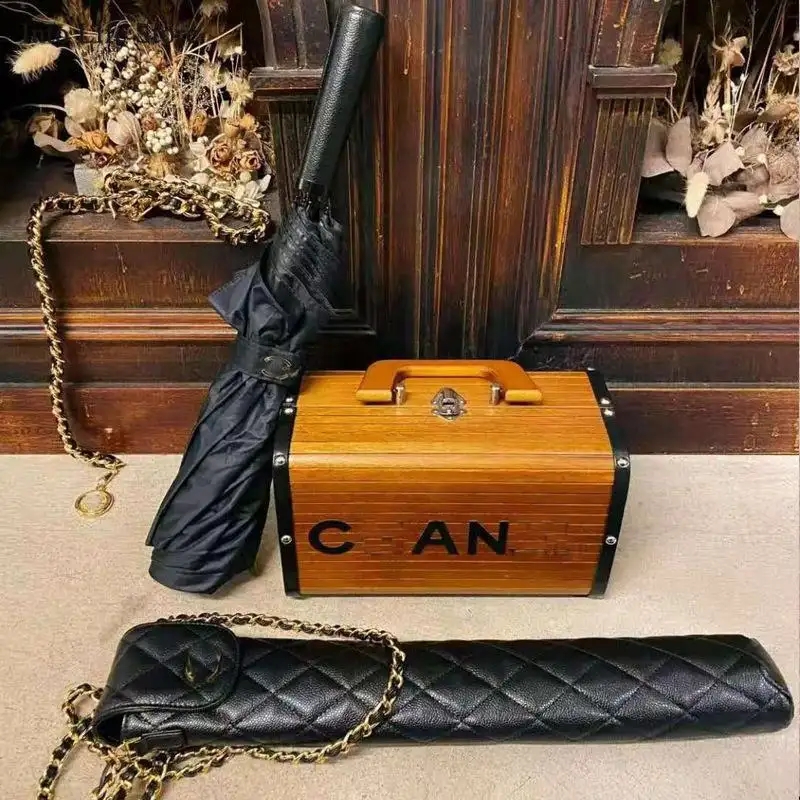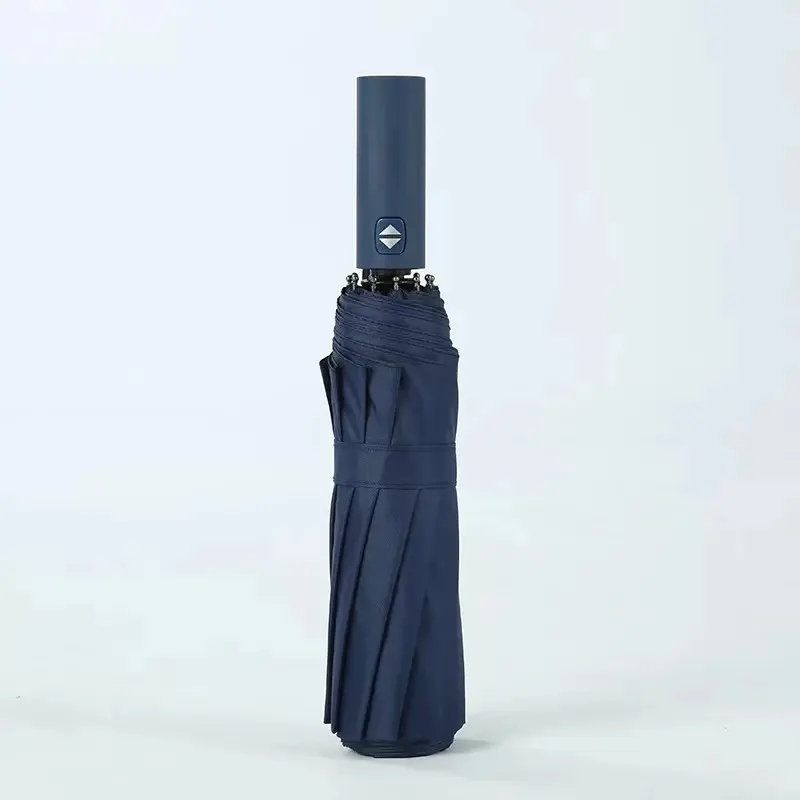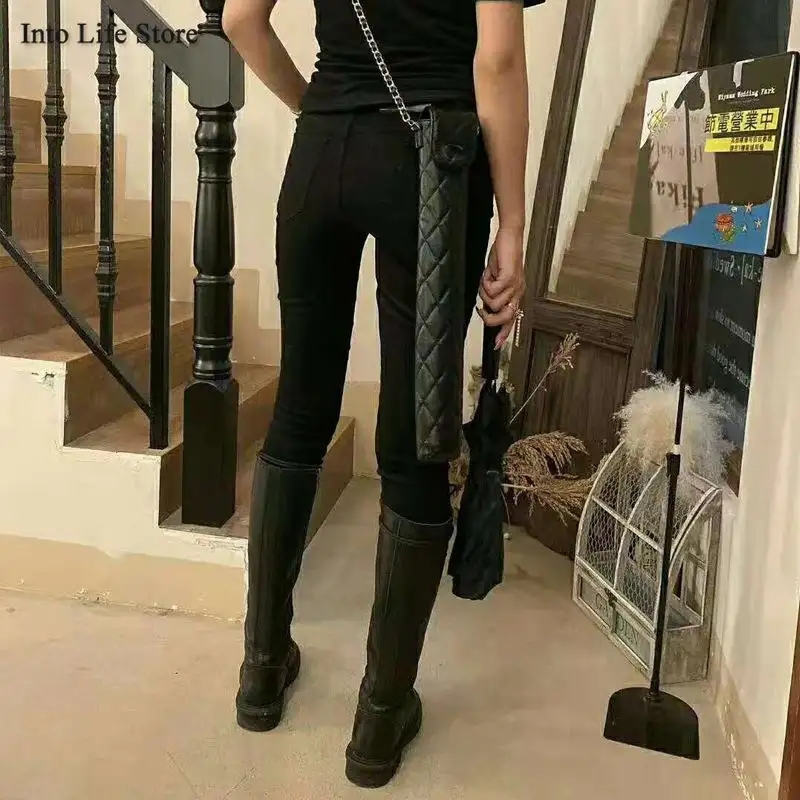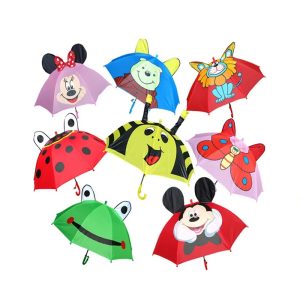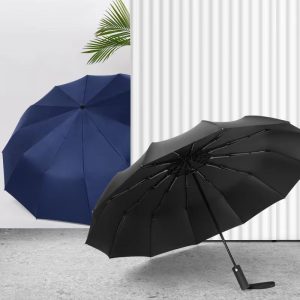Umbrellas offer several benefits, primarily related to protection from the elements. Here are some of the main advantages of using umbrellas:
- Rain protection: Umbrellas are commonly used to shield individuals from rain showers. They provide a portable and convenient way to stay dry during wet weather conditions. By keeping you dry, umbrellas help prevent discomfort, maintain personal hygiene, and protect your clothes and belongings from getting soaked.
- Sun protection: Umbrellas with UV protection coatings or fabrics can help shield you from harmful ultraviolet (UV) rays emitted by the sun. Excessive sun exposure can lead to sunburn, skin damage, premature aging, and an increased risk of skin cancer. Umbrellas can provide shade and reduce the amount of direct sunlight that reaches your skin.
- Wind protection: Umbrellas also offer some protection against gusty winds. They can act as a shield, reducing the impact of wind on your body and preventing your hair, face, and clothing from getting excessively tousled or blown around. However, it’s important to note that umbrellas have their limits, and during strong winds or storms, they may become ineffective or even hazardous.
- Versatility and convenience: Umbrellas are lightweight, foldable, and portable, making them easy to carry around. They can be quickly opened or closed when needed, providing instant protection from rain or sun. Their compact size makes them suitable for carrying in bags, backpacks, or purses, ensuring you’re prepared for unexpected weather changes.
- Fashion and style: Umbrellas come in a variety of designs, colors, and patterns, allowing you to express your personal style and preferences. They can be a fashion accessory that complements your outfit and adds a touch of flair to your overall look.
- Multipurpose use: Umbrellas can be used for more than just shielding yourself from the rain or sun. They can provide a temporary shelter or shade during outdoor activities, picnics, or beach visits. Additionally, umbrellas are often used as props in photography, theatrical performances, or fashion shoots to create visual interest and add a dramatic effect.
It’s worth noting that while umbrellas offer several benefits, they may not be suitable for all situations or weather conditions. In certain extreme weather conditions, such as heavy storms or strong winds, other forms of protection like raincoats or wind-resistant gear may be more appropriate.
Umbrellas are typically packaged using various methods to ensure their protection during transportation, storage, and display. The specific packaging method can vary depending on the type and size of the umbrella, as well as the manufacturer’s practices. Here are some common packaging methods for umbrellas:
- Plastic sleeves: Many umbrellas come individually wrapped in transparent plastic sleeves. These sleeves help protect the umbrella from dust, dirt, and moisture. They also provide a clear view of the umbrella design and allow for easy inspection before purchase.
- Cardboard boxes: Umbrellas are often packaged in cardboard boxes, especially when they are sold in bulk or as part of a set. The umbrellas are folded and placed inside the box, which is typically designed to accommodate their size and shape. Cardboard boxes provide additional protection against impacts, and they can be labeled and stacked efficiently for storage and shipping.
- Tubes or cylindrical containers: Some umbrellas, particularly those with longer shafts or larger canopies, may be packaged in cylindrical containers or tubes. These containers are often made of sturdy materials like cardboard or plastic. The umbrella is inserted into the tube, which provides structural support and prevents the umbrella from being bent or damaged during transit.
- Hang tags: In retail settings, umbrellas are often hung on racks or hooks for display. Hang tags are commonly attached to the umbrella handle or strap, providing information about the product, such as brand, model, features, and pricing. Hang tags may also include care instructions and promotional messages.
- Display boxes: Umbrellas intended for display in stores or exhibitions may be packaged in specially designed display boxes. These boxes are usually made of transparent plastic or clear panels, allowing potential customers to see the umbrella without removing it from the packaging. Display boxes are commonly used for showcasing high-end or designer umbrellas.
- Protective wraps or foam inserts: To provide additional cushioning and protection, umbrellas may be wrapped in protective materials, such as foam inserts or bubble wrap. These wraps help prevent scratches, dents, or other damages that may occur during handling or transit.
Packaging methods can vary between manufacturers, brands, and regions. The choice of packaging method depends on factors like the umbrella’s design, size, intended market, and distribution channels. The primary goal of any packaging method is to ensure that the umbrella arrives in good condition and is visually appealing to customers when they first encounter it.
Umbrellas offer several advantages that make them a popular choice for protection from the elements. Here are some key advantages of using umbrellas:
- Portable and convenient: Umbrellas are lightweight and easily foldable, making them highly portable and convenient to carry. They can be compactly stored in bags, backpacks, or purses, allowing you to be prepared for unexpected weather changes.
- Rain protection: Umbrellas provide effective protection against rain showers. By keeping you dry, umbrellas help prevent discomfort, maintain personal hygiene, and protect your clothes and belongings from getting soaked.
- Sun protection: Umbrellas with UV protection coatings or fabrics can shield you from harmful ultraviolet (UV) rays emitted by the sun. This reduces the risk of sunburn, skin damage, premature aging, and potential long-term health consequences such as skin cancer.
- Versatile use: Umbrellas have versatile applications beyond rain and sun protection. They can provide temporary shelter or shade during outdoor activities, picnics, or beach visits. Additionally, umbrellas are often used as props in photography, theatrical performances, or fashion shoots to create visual interest and add a dramatic effect.
- Fashion accessory: Umbrellas come in a wide variety of designs, colors, and patterns, allowing you to express your personal style and add a touch of fashion to your overall look. They can complement your outfit and be a stylish accessory.
- Wind protection: While not specifically designed for high winds, umbrellas can offer some protection against gusty winds. They act as a shield, reducing the impact of wind on your body and preventing your hair, face, and clothing from getting excessively tousled or blown around.
- Cost-effective: Umbrellas are generally affordable and offer long-term value. They are a one-time investment that can be used repeatedly, providing protection from rain and sun for extended periods.
It’s important to note that while umbrellas offer these advantages, they may not be suitable for all situations or weather conditions. In instances of strong winds, storms, or extreme weather, alternative forms of protection like raincoats, wind-resistant gear, or seeking shelter indoors may be more appropriate.
